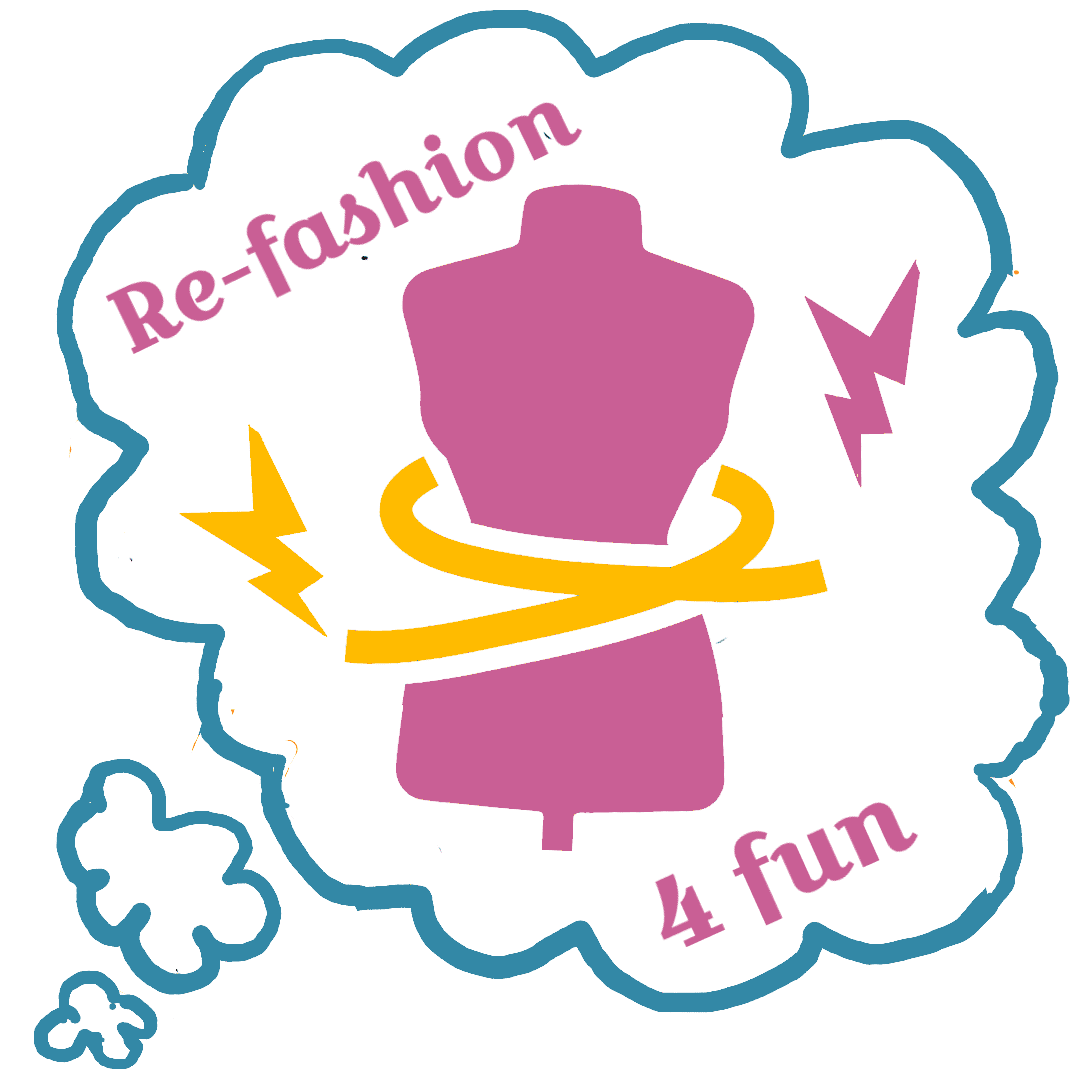Knitting with Recycled (and Upcycled) Yarns

Posted on August 7, 2022.
Recycled and up-cycled yarns are a special category all by themselves. Recycled yarns are made from recycled fibers and textiles. Up-cycled yarns are made by cutting woven textiles (and even plastic bags) into thin strips. Let’s take at knitting with recycled yarns – covering the following topics:
- What is Recycled Yarn?
- Properties of Recycled Yarn
- Knitting with Recycled Yarns
Let’s take a closer look at these different areas – what recycled yarn is, the properties they have, what it’s like to knit with recycled yarns, where to buy them, and even how you can make your own up-cycled yarns.
Some links below are affiliate links. If you click through and make a purchase I may receive a small commission at no extra cost to you. See the disclosure policy for more information.
What is Recycled Yarn?
When we talk about recycled yarn, there are actually two different kinds. First is the recycled yarns you can purchase and these can be made from recycled fibers or from recycled woven fabrics. These two source materials are treated differently. Recycled fibers will get re-spun and plied into yarn. Recycled fabrics, on the other hand, can be processed in two different ways. They can be cut into strips and joined together to create the yarn or if those strips are cut into very fine, thin strips, they can be woven into a chainette style yarn construction (see the image here).
This second category can also be referred to as up-cycled yarns – especially when they are made at home from your own old t-shirts or even plastic shopping bags. This is not the same as re-claimed yarn – which is when you take an old sweater and unravel it row-by-row to reclaim the yarn for another project (though this is sometimes referred to as recycled yarn).
These up-cycled yarns can also be purchased using a variety of source fabrics from denim, t-shirt material, and sari fabric. Usually, large bolts of leftover fabrics are cut into strips (and these can vary in size from very thin to very thick strips) and joined together to create the yarn.
Fiber-based recycled yarns can come from a variety of sources – quite often residual, short-staple fibers left over from other fabric manufacturing processes. These fibers are often combined with other fibers to add strength, stability, and to make them easier to spin and ply into useable yarns for knitting.
Cotton is commonly recycled because it’s a very durable fiber and is commonly used in so many fabrics and textiles todays – from denim to t-shirts. It’s a versatile resource for recycled yarn – left over t-shirt material can be cut into strips and turned into yarn or the residual cotton fibers from the denim manufacturing process can be collected and spun into yarn.
Properties of Recycled Yarns
Recycled yarns share the same properties as the textile fibers they are created from. If it comes from denim or cotton t-shirts, then the yarn shares the same properties. But for the most part recycled yarns are all going to be quite strong and durable.
Fabric-based recycled yarns can differ depending on how the fabrics are treated. If they are just long strips of material, they are usually quite strong and durable. If the fabric-based recycled yarns use very thin strips of fabric that are then woven into a chain (it creates a ribbon-like yarn), these have more elasticity and structure (and are easier on the hands to knit).
The major disadvantage of these fabric-based types of yarns is their weight – they are usually quite heavy (and this can impact the outcome of the knit project or garment).
If the recycled yarns are fiber-based (and are spun and plied into traditional yarns), they act just like their non-recycled counterparts. If it’s a recycled cotton yarn its properties are the same as a non-recycled cotton yarn.
Knitting with Recycled Yarns
Because each recycled yarn is different the knitting experience with each one will be different.
For the most part, fabric-based recycled yarns that are really just strips of fabric can be hard on the hands (again, this depends on the fabric itself – if it’s a stretchy fabric this may not be the case). The size of the strips and the source material make this harder to knit but produces truly sturdy projects. I like to use recycled cotton to knit floor mats and bath mats – while it’s hard on the hands it produces some nice, colorful, sturdy bath mats.
These yarns can be used for many different things. For up-cycled yarns or recycled yarns that use strips of fabric projects like rugs and floor coverings, placemats, toys, or other hard-wearing items are a great choice.
One thing to be aware of – colors will also vary from one skein of recycled fabric yarn to the next – and even within the skein itself. So you’ll want to check your skeins carefully if you need more than one for a particular project.
Softer recycled yarns that are fiber-based can be used for garments, shawls, and accessories. Recycled fiber-based yarns will act just like their non-recycled counterparts and can be knit just like them. The finished projects and garments will behave just the same as if you knit them with traditional yarns.
But all of these factors really depend on the specific recycled yarn that you’re using – each one is different.
Source: TONIA KNITS
